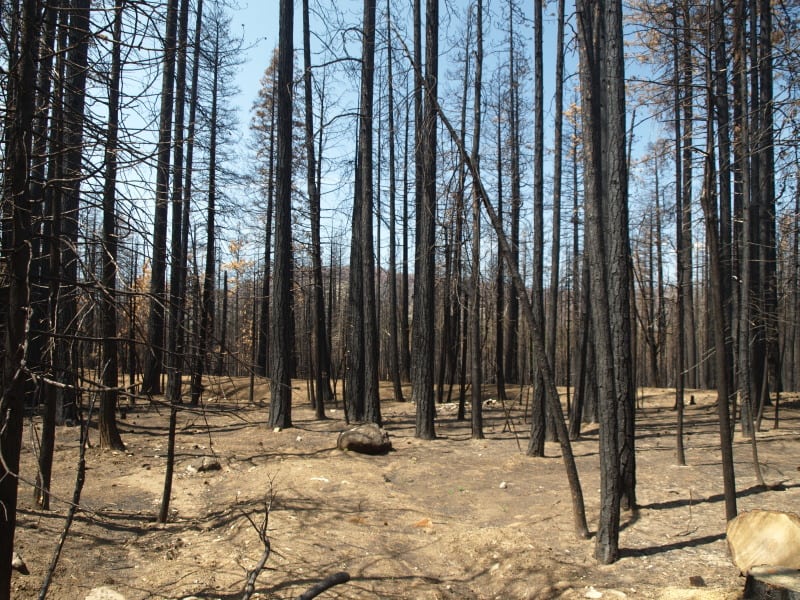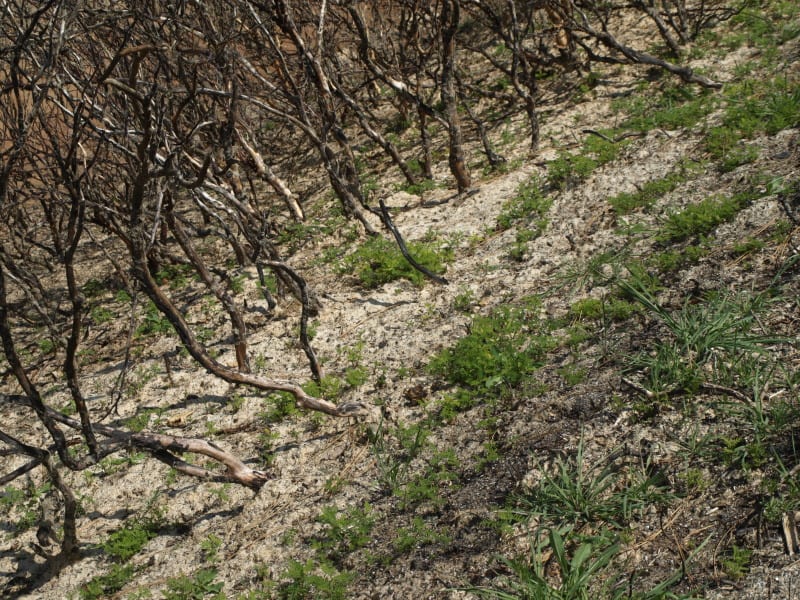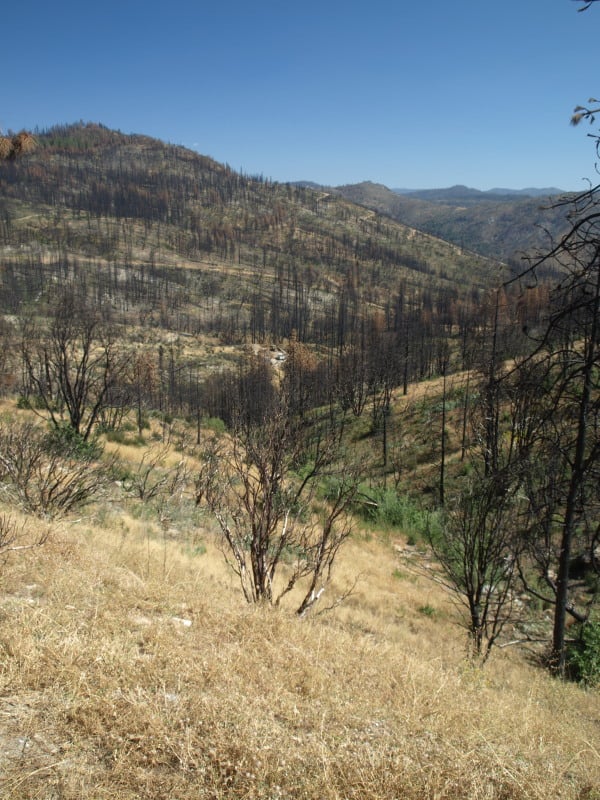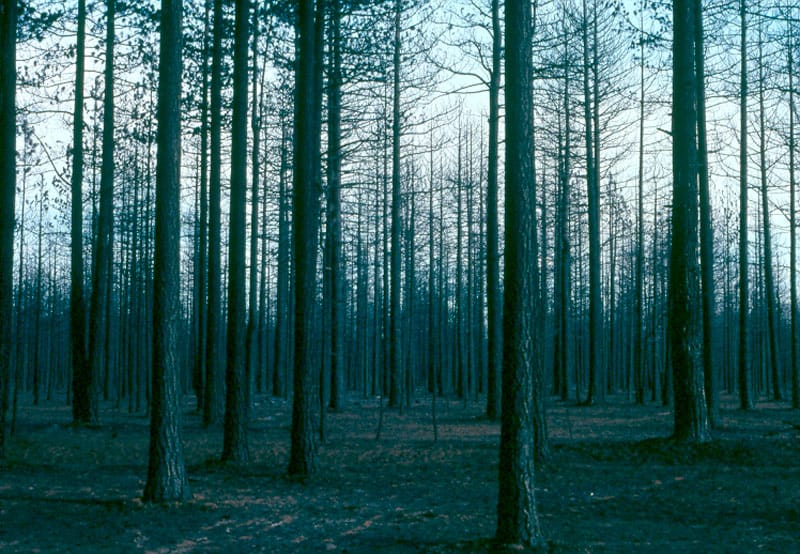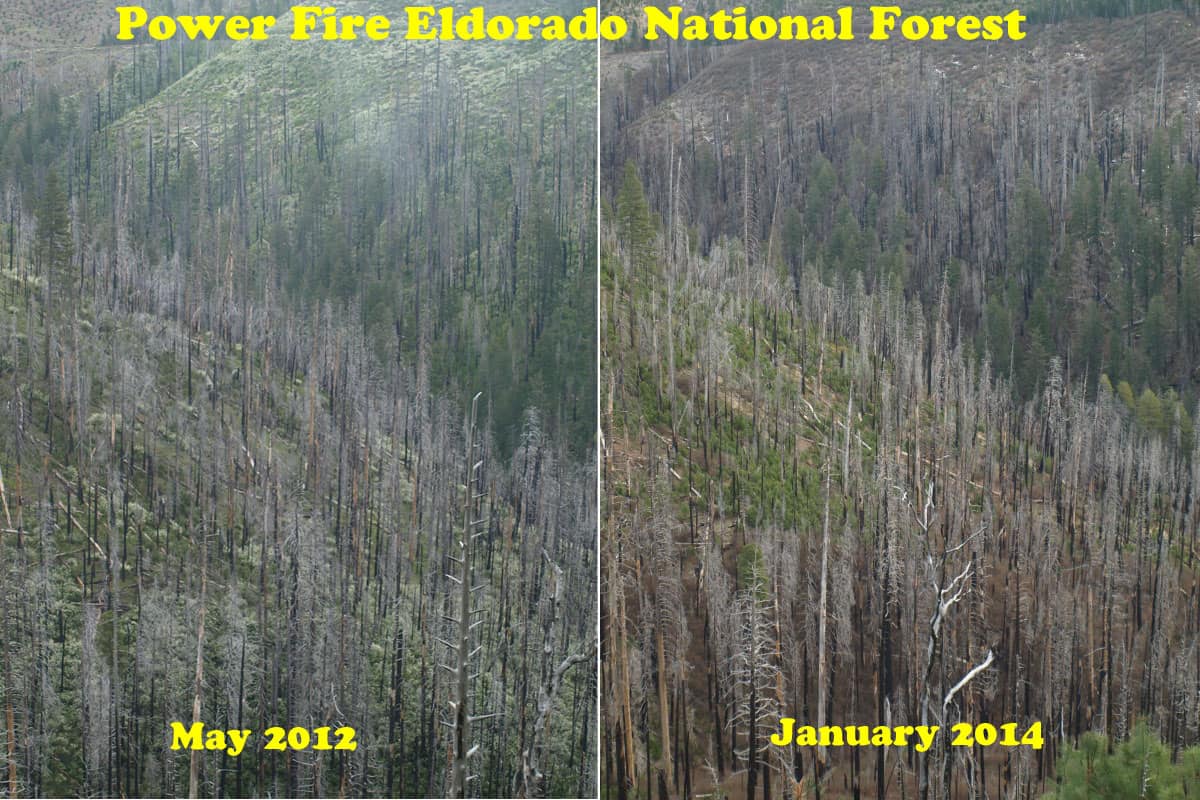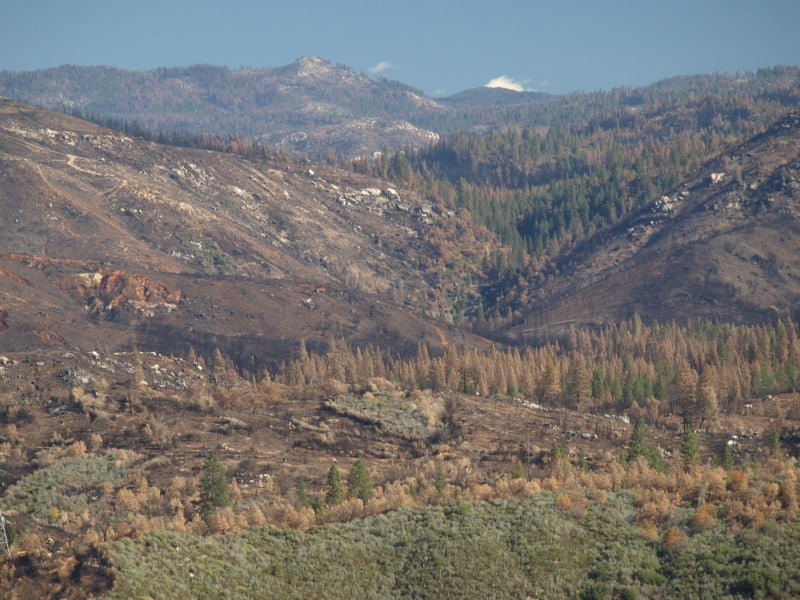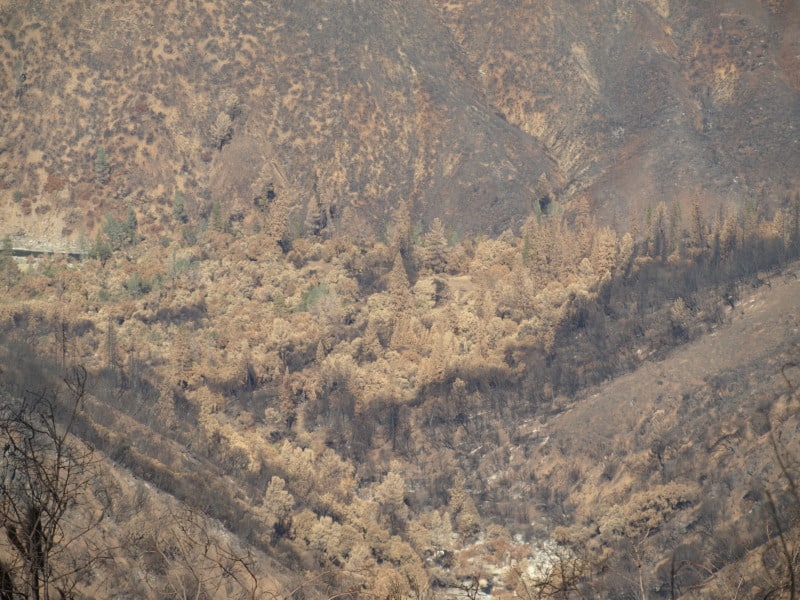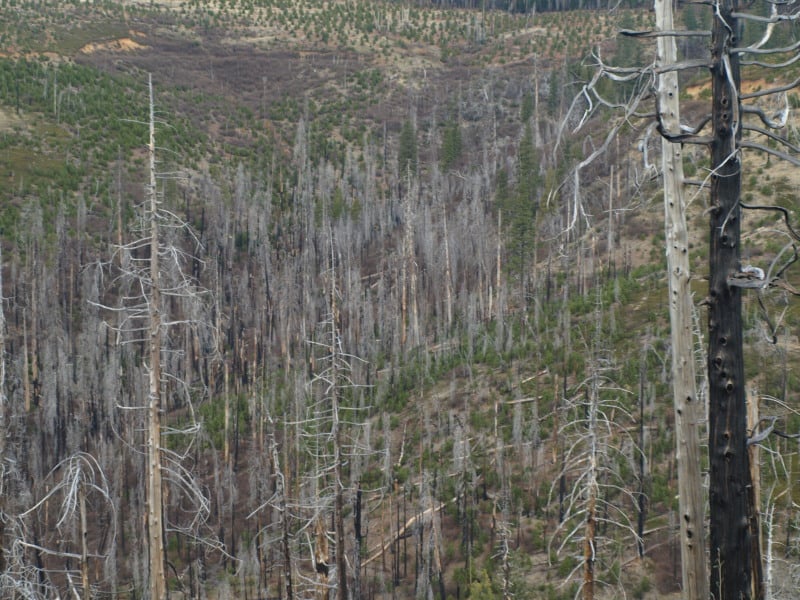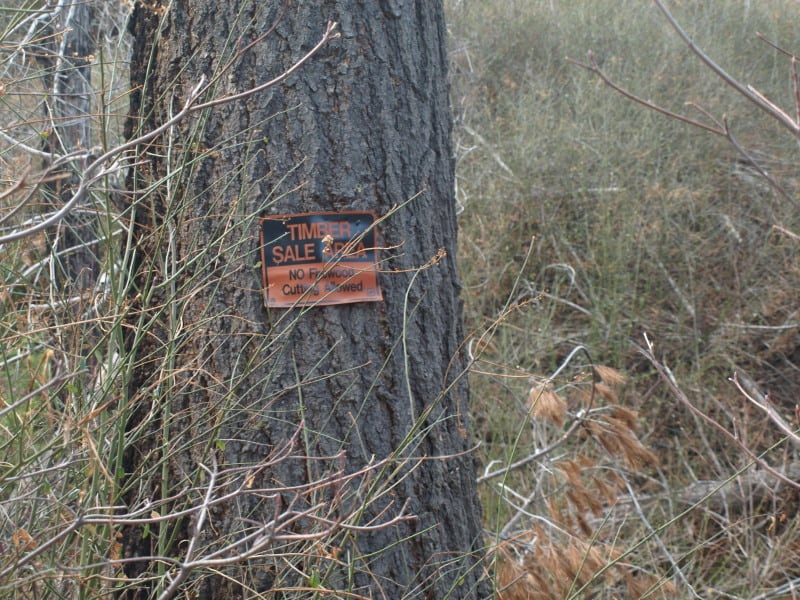The Society of American Foresters, in addition to the ForestEd website I’ve already talked about, has a LinkedIn site. Now, I am not a fan of Linked-In. One night at a Retiree Roundup I pressed the wrong key and everyone on my late husband’s email list got an invitation to LinkedIn. From then on I looked on it as a from of irritating and intrusive virus and closed all my accounts. Later, I determined it was good for the Committee on Forest Policy to have a presence on the site, and there are many interesting things there that could be reposted here on this blog. So I took a deep breath and signed up again. If you don’t want to “go there”, I can’t argue with you.
There are many interesting discussions here, which are open to all, not just SAF members. However, I’d like to point to one, started by David South a forestry professor at Auburn University, on “assisted migration.” Here is a link to the discussion. I think that there are a couple of things of interest.
One is that this thread has gone on for months intermittently, but it adds up to David finding different studies to query and asking different questions about the same topic.
The second is that there are some classic quotes, even just recently. The problem is that I don’t think I can link directly to a specific comment (if others can help with that, please let me know) I like David’s quote:
[Note: Good terminology clarifies differences… poor terminology masks differences.]
which I think is broadly applicable.
This may also be broadly applicable; I summarized the relationship between FS research and operations:
So here is my summary of what the Forest Service does. You can quote me ;). The FS has researchers who work on different things in different places and have different ideas. The FS has different operational units who work on different things in different places and have different ideas.
Sometimes a researcher will influence one or more folks in operations. Other times they rely on their own academic and practitioner knowledge and experience. Many times the operational vocabulary is different from researcher vocabulary.
And Harvey Tjader’s expression of recent climate.. are we really likely to be able to model what genotypes will respond well to this, let alone whatever happens 50 years hence?
Regarding coming out and going into cold weather, we cannot go by the calendar in Northern Minnesota any more. We had cold weather well into May last year. When we had snow in September, someone remarked that we had four months without a snowfall. Then a rather warm fall. Hard frost came a month later than average. Followed by the third or fourth coldest December on record. In a recent spring, maybe 3-5 years ago, we had three blizzards in April, one week apart. Phenology of native plants was greatly affected through half the growing season. The 50-60 below zero temperatures I mentioned before may have been in 1996 instead of 2006. Leaf out of native trees that year was delayed and many native species had reduced leaf size and abundance. We’ve also experienced warmth. A January thaw is not a big deal any more; we can have a thaw every couple weeks. In the spring of 2011, we saw 80 degrees very early in the spring, followed by temperatures in the 20s. Some spruces lost their cold tolerance in the warm spell and lost needles or were killed in the subsequent cold snap. Heat and drought are common in the summer.
Finally, David was trying to figure out what and how much, the FS actually plants trees. So I looked for the reports.
Here’s what I found through Google..
http://www.fs.fed.us/forestmanagement/silviculture/reforest-tsi.shtml
This national page stops at 2004.
Here’s R-1’s for 2012.. looks like 8,252 acres or thereabouts.
http://www.fs.usda.gov/Internet/FSE_DOCUMENTS
/stelprdb5403645.pdf
yay.. R-1!
My opinion…if the FS has an annual report (which is useful), they should keep posting it every year, in an easy to find place. But I could be wrong and I just couldn’t find it. Can anyone out there in blog land find it?
